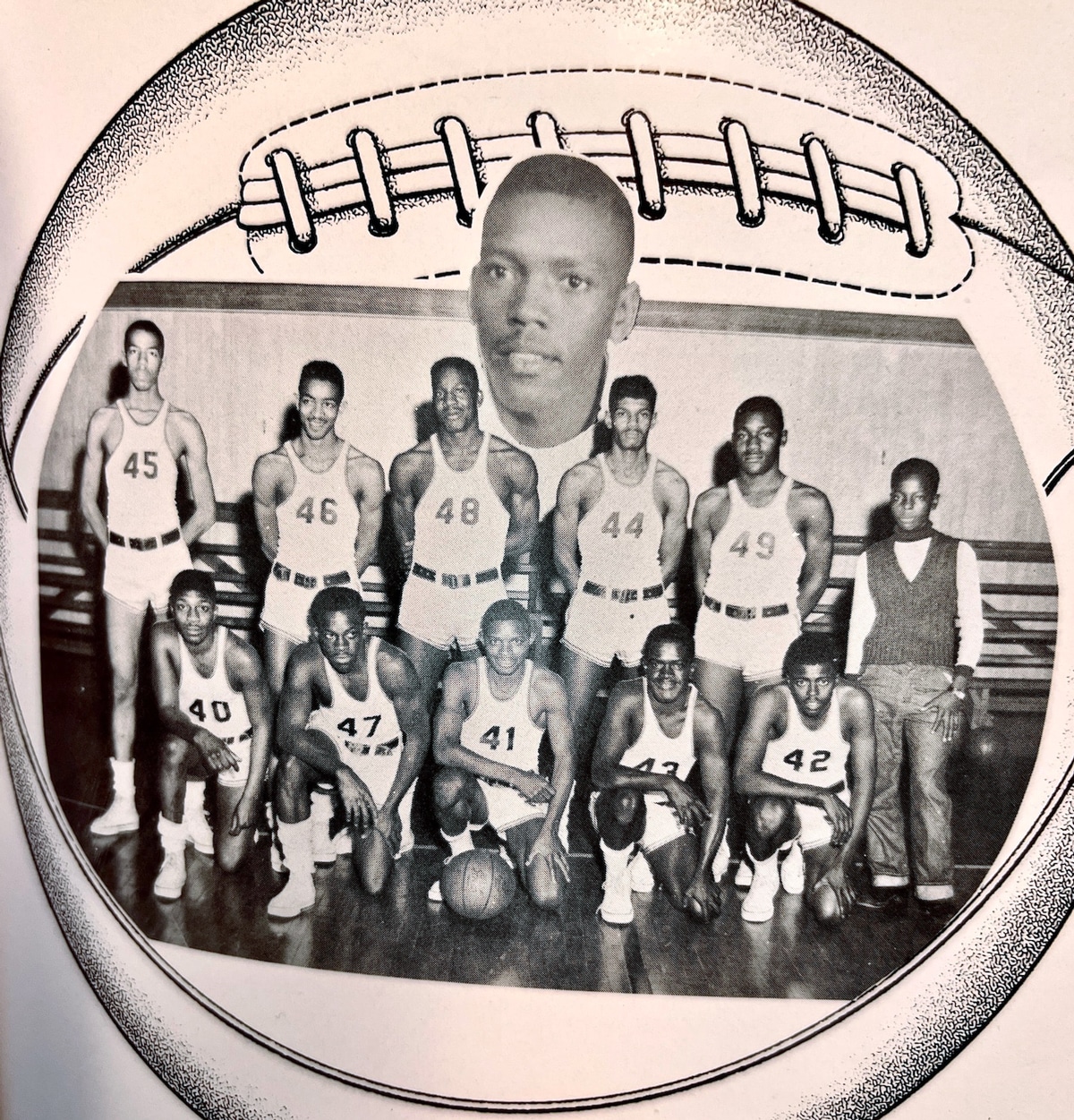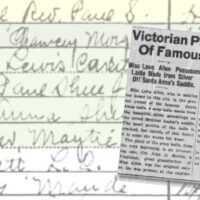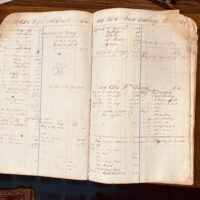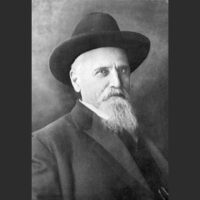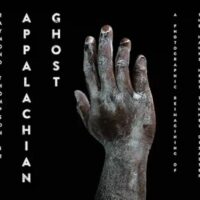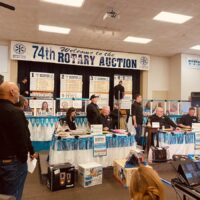This is the third installment in a four-part Black History Month series.
Names like Chris Whitney, William “Bird” Averitt, Greg Buckner, Anthony Hickey, Lamonte Ware, Scotty Hopson, Charles Nance, Wendell Quarles and Darren Allaway, among others, are synonymous with boys prep basketball in Hopkinsville. These individuals should be celebrated for their crucial roles in turning this community into a respected hoops haven.
But before Hopkinsville High School (1985), University Heights Academy (1992) and Christian County High School (2011) were cutting down Kentucky High School Athletic Association state championship nets, there was another school that deserves credit for truly setting the title tradition.
For the past 66 years, Hopkinsville’s Attucks High School has been the defending boys basketball champion of the Kentucky High School Athletic League. Unless there is an unlikely revival of the pre-integration KHSAL, the Wolves will forever lay claim to being the final squad to capture a title in Kentucky’s state tournament for segregated Black schools.
Attucks, which won the championship in 1947 and 1957, and produced a runner-up finish in 1948, assembled a myriad of local hoops talent during its 50 years as a high school at First and Vine streets.
Hopkinsville native Lee Watkins, who graduated from Attucks High in 1959, was a member of the junior varsity basketball team (or the “B” squad) during that illustrious run in ’57.
“It was a big deal,” Watkins told Hoptown Chronicle in phone interview. “Everyone here loved basketball at the time. It was the main sport for us back in those days and we had some great talent for being such a small town.”
Watkins, 82, still lives in Hopkinsville, where he is enjoying a pair of retirements. He served in the U.S. Marine Corps for 22 years before working just short of three decades in a state job, handling boiler room maintenance for the Commonwealth of Kentucky. Watkins will celebrate his 50th wedding anniversary with his wife, Anita, this August, and has 19 grandchildren and five great-grandchildren.
“There’s so many, we celebrate a birthday every month,” he shared with a laugh.
Despite so much to keep up with and recall, Watkins remembers well the importance of basketball in his community. He and fellow classmates were obsessed with the sport, particularly when it came to pickup games on a Vine Street court near Hopkinsville Bible College.
“When we were young, we looked up to the kids playing on the Attucks basketball team,” Watkins said. “We didn’t have smart phones or televisions like they do today. We were always outside, and we played basketball until dark. We wanted to be like the older kids. It was everything.”
A new 38,000-square-foot classroom annex and gymnasium were built at Attucks during the 1957 campaign. As a result of the construction, the Wolves had to practice and play their home basketball games at Hopkinsville High School. And even though the schools weren’t yet integrated, the shared spaced often led to some impromptu scrimmages “between the black kids and white kids,” as Watkins put it.
He recalls that it was a rewarding experience for all involved.
“Oddly enough, athletes seem to get along. There was no problem,” Watkins said when asked whether any racial conflicts arose. “We even played our football games at their stadium. It might be strange in a place like this; but, matter of fact, we rooted for each other. We didn’t even think about segregation.”
In March 1957, after finishing with a regular season record of 18-3, Hopkinsville Attucks avenged an earlier loss to Morganfield and rallied in the fourth quarter of sectionals to win 38-32, earning a spot in the KHSAL state tournament. Once in Frankfort, the Wolves bested Nicholasville Rosenwald 44-36, edged Bowling Green High Street 54-49 and overcame Paris Western 62-59 to capture its second state tournament crown in a decade.
The 1947 Attucks club enjoyed equal success. Those Wolves overcame the odds and won four games to take the crown. Attucks downed East Benham (44-32), Frankfort Mayo-Underwood (37-31), Covington Grant (40-30), and Louisville Central (35-32) at Louisville Male High School to reach the pinnacle.

Both championship teams were coached by Kentucky High School Basketball Hall of Famer William “Chief” Falls, who also led Attucks on four different occasions to the National Negro High School Basketball Tournament in Tennessee. The Wolves were one of only 17 Kentucky schools to play in the national event during its 19-year run.
Following the 1957 KHSAL season, the Kentucky High School Athletic Association began allowing Black schools to play in its league. Just less than three years later, Attucks took full advantage by defeating Livingston Central, Earlington Million, and Madisonville, capturing the 2nd Region championship and advancing for the first and only time to the KHSAA Sweet Sixteen.
Playing on the state’s largest stage, the 1959-60 Wolves did not back down. They got past Clinton County in the first round and clobbered Beaver Dam in the quarterfinals, before succumbing to eventual state champion Louisville Flaget in the semis. Attucks settled for fourth place, falling to Owensboro 68-61 in the third-place game, but the rest of the state immediately took notice.
Attucks served as a high school for the final year in 1967. It later housed fifth- and sixth-graders as an integrated middle school until it closed for good in 1988. The high school integrated with HHS, where Coach Falls was hired as a “shop” teacher and an assistant basketball coach under Roy Woolum.
Two years later, with several Wolves helping lead the way, the Hopkinsville Tigers won the program’s first-ever 2nd Region Championship, sending Hoptown to the 1969 Sweet Sixteen. HHS reached the quarterfinals before falling to Louisville Central — the program with the most KHSAL titles (5) in history.
Falls, who ran up an astounding coaching record of 663-233 at Attucks from 1935-1967, had his life and coaching career ended prematurely on Dec. 13, 1973, when a car he was driving was struck by a train on the LaFayette Road tracks near Country Club Lane. Falls was driving three Hoptown students home from school that fateful afternoon.

After his posthumous induction into the Hall of Fame in August 2019, Falls’ personal playbook was presented to the Museums of Historic Hopkinsville-Christian County. Retired educator James Victor gave the playbook to the museum during a ceremony at Pioneers Inc. banquet room. Ranging throughout his 32-year Attucks career, the book is chock full of Falls’ genius and basketball IQ, brought to life through his strategic drawings and descriptive play-calling. One play in particular, drawn up during the 1956-57 season, is seemingly created for the Wolves’ 6-foot-7 center in a “reverse position” motion that ends with a sharp cut by the big man back into the paint. It seems to have been rather popular.
Despite his many successes and adulation while at Attucks, Falls never flinched as an assistant at Hopkinsville High School. According to former Hopkinsville Mayor Wendell Lynch, who played on the 1969 regional championship team, Falls never even mentioned his wins at Attucks.
“There was no looking back for him,” Lynch said in a conversation with Hoptown Chronicle. “He only cared about the kids he was teaching and coaching and didn’t live in the past.”
Attucks was the county’s only high school for Black students prior to integration. In addition to its basketball prowess, the school features a lengthy alumni base of doctors, lawyers, educators architects, musicians, writers and more.
- RELATED: Ted Poston’s short stories grew from regaling friends of life in Hopkinsville
- RELATED: Phillip C. Brooks Sr. built Hopkinsville’s only hospital for Black patients
“It was a great thing. If I recall, most of us cherished our days at Attucks. It was a good time and we all enjoyed each other,” Watkins reminisced. “A lot of us went on to do some great things that wouldn’t have happened without being educated at Attucks.”
The same can be said about local roundball. Without Attucks High School, there might not be such a prestigious basketball tradition that has helped put Christian County on the map and even led some to recoin Hopkinsville as “Hoop-kinsville.”
Student-athletes like Virgil Torian, Frank Maypray, Phillip Payne, Jacob White, Fred Bellamy, James “Puddin” Hopkins, Curtis Pitt, S.A. Garrett, Thomas Torian, G.W. Fletcher, Silas Tandy, R.Q. Turnley, Roy White, Jack Oldham, Garland Brooks, Lawson Taylor, Marion Poindexter, Robert Quarles, Robert Leavell, Harvey Thomas, Emmanuel Greene and John Lenori may not carry the name recognition or perceived prominence in the eyes of local basketball fans today, but these Attucks basketball alums and other Wolves are every bit as deserving.
Their legacy and accomplishments should be everlasting.
This story was updated to correct the spelling of Lamonte Ware’s first name.
